My last article used the story of Saul and the witch of En Dor to look into the issue of death, Sheol, and the afterlife in the Old Covenant. In this second part, I will shift that focus to the New Testament – using the story of Jesus and the thief on the cross to explore how Jesus changed everything for New Covenant believers.
This article will build on the previous one, so you’ll get the most of out this if you go back and read part one first.
Jesus and the Thief
If we’re looking to explore what happened to Jesus after he died, there is nowhere better to go than Luke chapter 23. All four gospel accounts tell of the two brigands crucified on either side of our Lord, but Luke is the only evangelist to include the story of Jesus interacting with the two men.
In Luke’s account, Jesus is led to Calvary where he is crucified with two criminals – one on his right hand and the other on his left. Once Jesus is raised up on the cross, the crowd and the rulers gather around to sneer and mock, saying “He saved others; let him save himself if he is the Christ, the chosen of God.”
Even one of the criminals joins in the blasphemy, saying, “If you are the Christ, save yourself and us.” But the other, understanding the magnitude, at least in part, of what is happening responds, “Do you not even fear God, seeing you are under the same condemnation? And we indeed justly, for we receive the due reward of our deeds; but this Man has done nothing wrong.”
He then turns to the crucified Jesus and says, “Lord, remember me when you come into your kingdom.” Let us pause here for a moment to marvel at the faith of this man. He is suffering one of the most painful deaths ever devised by mankind and he calls out to Jesus for redemption!
And his faith was rewarded when Jesus replies to him, “Assuredly, I say to you, today you will be with me in Paradise.”
With Me in Paradise
So there we have it, from Jesus himself. He was with the repentant thief in Paradise the very day of his death. Of course, it is worth asking what Jesus means when he speaks of Paradise. In the context of the ancient Near East, the word was first used to denote the walled gardens of the Persian kings, so it doesn’t necessarily refer to the heavenly abode of God (Vine, 830)¹. However, we are given more context as the word appears several times in the New Testament as well as the Septuagint (a Greek translation of the Old Testament).
Starting with the Septuagint, Paradise is used several times in a more secular context (Nehemiah 2:8, Ecclesiastes 2:5, and Song of Solomon 4:13). But, most relevant to our discussion, it is also used in Genesis 2:8 of the Garden of Eden.
Moving into the New Testament, Paul speaks of being caught up into Paradise and the third heaven (2 Corinthians 12:2-4). It’s a difficult passage, but Paul seems to be speaking of the heavenly abode of God. Finally, it appears in Revelation 2:7 when Jesus says, “To him who overcomes I will give to eat from the tree of life, which is in the midst of the Paradise of God.” This certainly seems to connect Paradise with a place in the heavens while also calling back to its use in Genesis 2:8.
It looks like we’ve come to a conclusion, and some would be content to stop here. But there are other factors to consider in this discussion.
The Spirits in Prison
Luke 23 isn’t the only passage in the Bible that speaks of Jesus’ actions after his death. First Peter 3:18-20 gives us a different look into what happened:
“For Christ also suffered once for sins, the just for the unjust, that He might bring us to God, being put to death in the flesh but made alive by the Spirit, by whom also He went and preached to the spirits in prison who formerly were disobedient, when once the Divine longsuffering waited in the days of Noah.”
While Jesus was with the thief in Paradise, we are told here that he also went and preached to the disobedient spirits in prison. Who are these imprisoned spirits? The mention of “the days of Noah” points us to the Genesis 6:1-4 where the sons of God intermarry with the daughters of men and create a race of Nephilim.
Thrown to Tartarus
Second Peter 2:4-5 sheds some additional context on the question. There we read:
“For if God did not spare the angels who sinned, but cast them down to hell [Tartarus] and delivered them into chains of darkness, to be reserved for judgment; and did not spare the ancient world, but saved Noah, one of eight people, a preacher of righteousness, bringing in the flood on the world of the ungodly.” Here we are told that the angels who sinned were cast into Tartarus. Most modern translations read as the New King James cited above. But the Greek word is ταρταρόω [Tartaroo] which means to consign or throw down to Tartarus (Vine, 542)².
The idea of Tartarus is taken directly from Greek mythology. According to the Greeks, Tartarus was the deepest part of the underworld reserved for the rebellious Titans and the most wicked of humans (Turner, 27)³. The Titans were pre-Olympian gods that rebelled against their father Uranus and took over the rule of the earth under the leadership of Cronus. Eventually, they were likewise overthrown by the children of Cronus, including Zeus, Hades, and Poseidon.
So now we have two biblical accounts to reconcile: the words of Jesus in Luke 23 (Paradise) and the testimony of Peter in 1 Peter 3 and 2 Peter 2 (Tartarus). Before we look to reconcile these two passages, there is one more element to consider.
Trending
The Descent Into Hades
The final piece to this puzzle comes not from the Bible but from the Apostle's Creed. While the creed does not carry the same authority as scripture, it does provide a look into the established orthodoxy of the early church. And the Creed touches directly on this discussion, saying that Jesus “suffered under Pontius Pilate, was crucified, dead, and buried. He descended into Hades, the third day he rose from the dead.”
The history of the Apostle's Creed is long and varied, but the reference to Jesus' descent appeared at least as early as AD 390 (Hyde, 105)⁴. This article of the creed has caused no shortage of controversy over the years, with many arguing for removing it entirely. However, it is my belief that much of that controversy is caused by a misunderstanding of the biblical concepts of Hades and the afterlife.
Modern views of the descent clause typically fall into six non-exclusive categories:
- Further punishment in Hell
- 'Second-chance' preaching to departed spirits
- A metaphor for the grave
- A metaphor for the suffering of the cross
- An announcement of victory to Old Covenant Saints in Hades
- An announcement of victory to Satan and the fallen angels (Hyde, 106)⁵
Views one and two seem to contradict scripture (see John 19:30 and Hebrews 9:27, respectively). The third and fourth are commonly held in the Reformed world (see Westminster Larger Catechism 50 and Heidelberg Catechism 44), but see my previous article for an explanation of the insufficiency of reading Hades as the grave.
The fifth and sixth views are often defended by Roman Catholic, Anglican, and Lutheran sources, and I think they get the closest to capturing what happened after the death of Jesus. So, we have three lines of reasoning to reconcile when coming to a conclusion: Jesus was in Paradise, he visited the spirits in prison, and he descended into Hades.
Where Did Jesus Go When He Died?
If we approach this problem with only heaven and hell in our minds, we are presented with seemingly contradictory statements in the Bible and the Apostle's Creed. But when we consider the possibility of Sheol/Hades as a holding place for those who died under the Old Covenant, it is possible to hold all three together.
The ancient understanding of Hades divided the underworld into separate regions that were inhabited by both gods and men – divided among the wicked and the righteous. What's more, Jesus seems to defend the idea of a divided Hades when he tells the parable of the rich man and Lazarus in Luke 16:19-31.
With this view, we can put together a rough outline of where Jesus went during the three days of his death. He fulfilled his promise to the thief on the cross and entered the Paradise of the faithful dead at the time of his death. With a bit of speculation, it is not a stretch to imagine Jesus announcing his long-awaited victory over death during his time in Paradise.
And before the resurrection, he also enters Tartarus to announce his victory to the spirits imprisoned there since the days of Noah. Since both Paradise and Tartarus exist in the place we would call Hades, all three witnesses we examined above can be said to be true. Jesus descended into Hades, he celebrated with the saints in Paradise, and he proclaimed his victory to the wicked spirits.
At The Death of a Saint
Does the same apply to Christians living after the resurrection? Do we also descend to Hades and await the final consummation in the underworld? No, because the story did not end with Jesus in Hades.
After announcing his victory in the underworld, Jesus was resurrected in the Spirit and ascended to the Father in heaven. Before the death and resurrection of Jesus, our unclean flesh prohibited us from entering the heavenly presence – and so the Old Covenant saints waited. But now Jesus has “entered the Most Holy Place once for all, having obtained eternal redemption” (Hebrews 9:12). And we also read, “For Christ has not entered the holy places made with hands, which are copies of the true, but into heaven itself, now to appear in the presence of God for us...He has appeared to put away sin by the sacrifice of himself” (Hebrews 9:24-26).
And as we reach the final book of the New Testament, we see humans in heaven with the Trinity and the heavenly host. As John is given a vision of heaven, he sees twenty-four thrones surrounding the throne of God. And on those thrones sit twenty-four elders. The long work of opening heaven to humans is complete, and now every saint who dies is united with our savior in the heavens.
But this glorious achievement is not the end of the story and even the saints in heaven are waiting for a still greater work. Departed believers are present with the Lord but absent from the body, but Paul tells us that there will come a day when we will have bodies that bear the image of our savior - the heavenly man, Jesus Christ (1 Corinthians 15:49).
In Revelation 21, we read that this heaven and earth will pass away, replaced by a new heaven and new earth. It is here that we shall have the final consummation of all things: Hades and those wicked still imprisoned there are cast into the lake of fire, the New Jerusalem comes down to take her rightful place on earth, and the righteous dead will be raised incorruptible.
Like the thief on the cross, we will be with him in Paradise. But unlike the thief on the cross, we will be in the true Paradise – the new heavens and the new earth. In the New Jerusalem, there is a "pure river of water of life, clear as crystal, proceeding from the throne of God and of the Lamb. In the middle of its street, and on either side of the river, the tree of life, which bore twelve fruits, each yielding its fruit every month. The leaves of the tree were for the healing of the nations. And there shall be no more curse, but the throne of God and of the Lamb shall be in it, and His servants shall serve Him" (Revelation 22:1-3).
This is the true Paradise of our God and the ultimate destination of those who put their trust in Jesus and his redeeming work: eternity in the presence of the blessed Trinity - Father, Son, and Holy Spirit.
References:
- Vine, W. E., et al. The Expanded Vines Expository Dictionary of New Testament Words. Bethany House, 1984.
- Vine, W. E., et al. The Expanded Vines Expository Dictionary of New Testament Words. Bethany House, 1984.
- Turner, Alice K. The History of Hell. Hale, 1995.
- Hyde, Daniel R. “In Defense of the Descendit: A Confessional Response to the Contemporary Critics of Christ's Descent into Hell.” The Confessional Presbyterian, vol. 3, 2007, pp. 104–117.
- Hyde, Daniel R. “In Defense of the Descendit: A Confessional Response to the Contemporary Critics of Christ's Descent into Hell.” The Confessional Presbyterian, vol. 3, 2007, pp. 104–117.








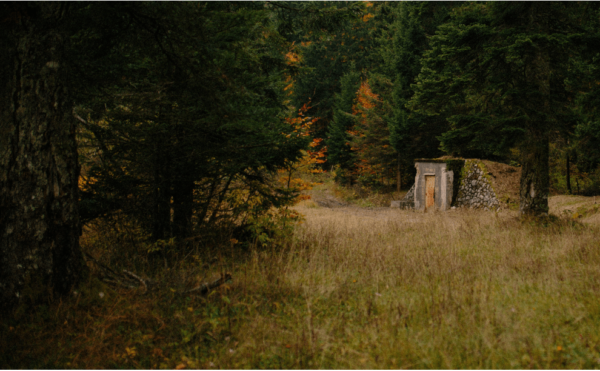
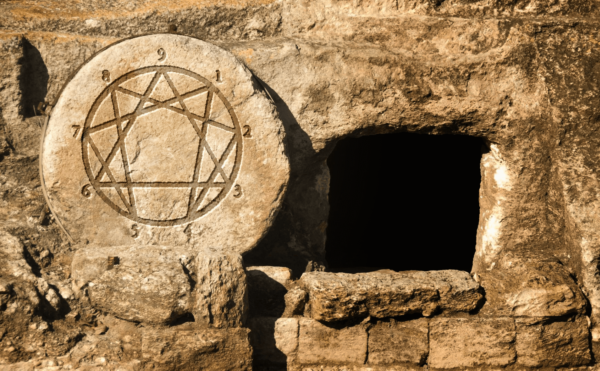

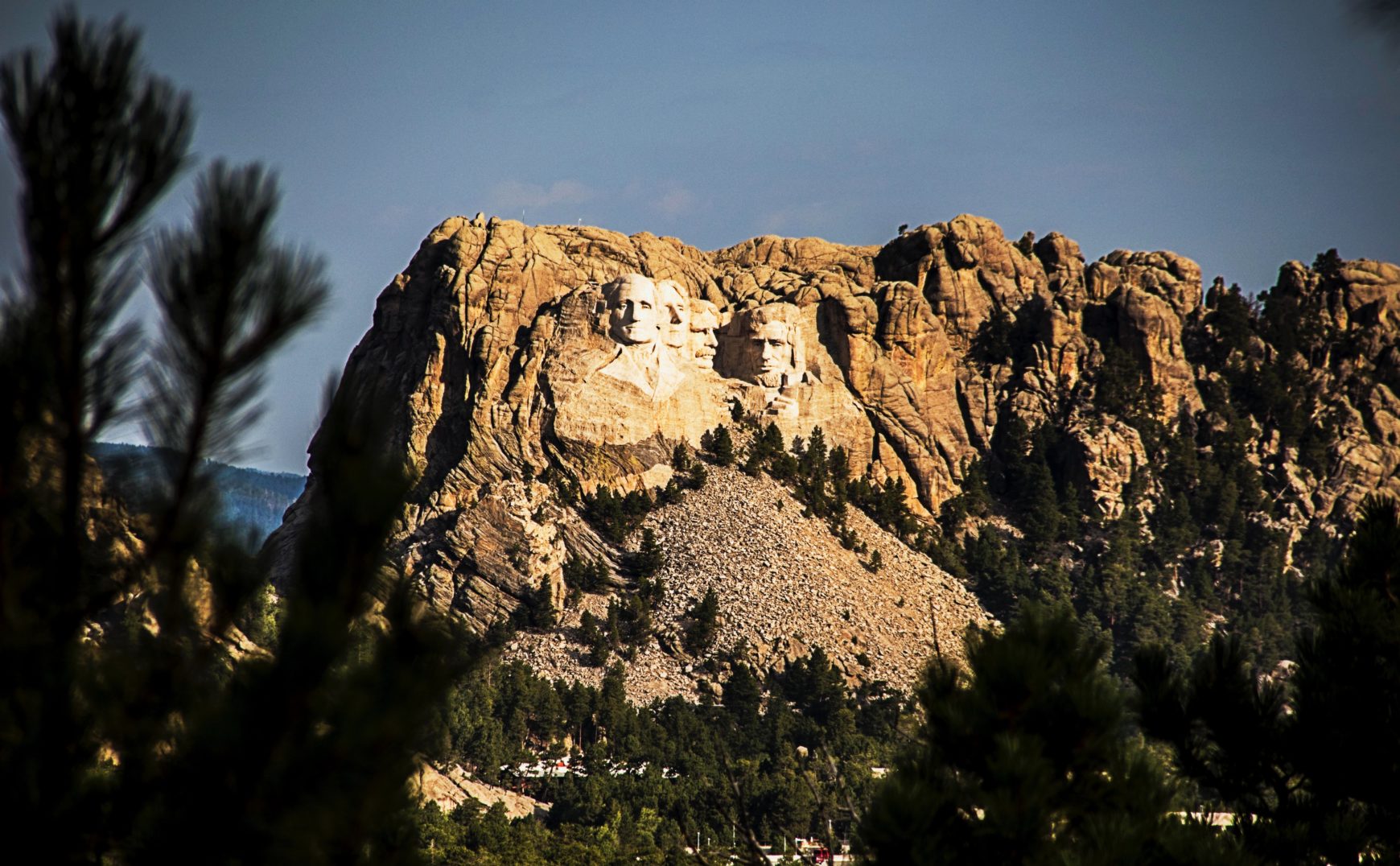


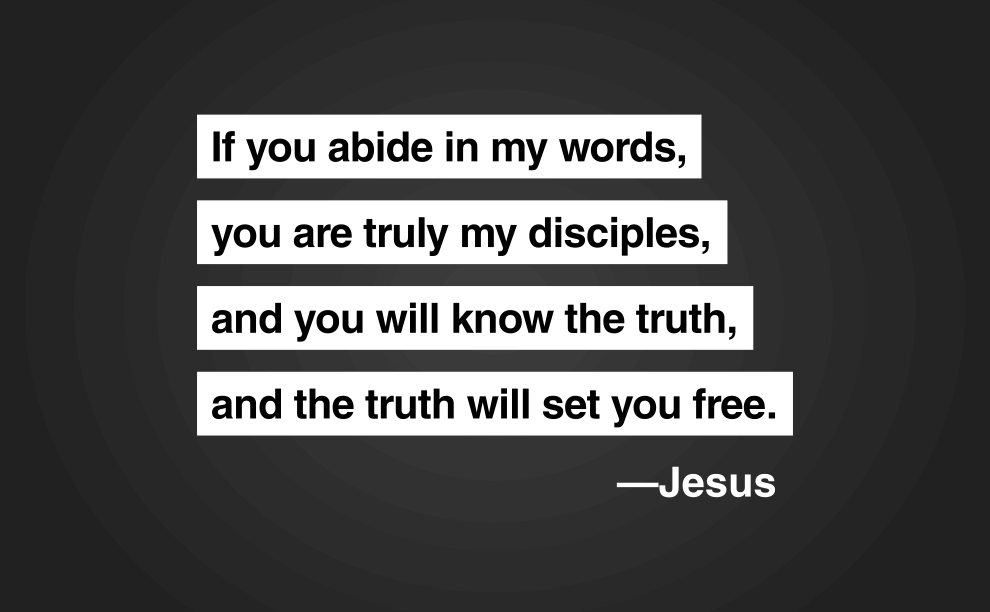


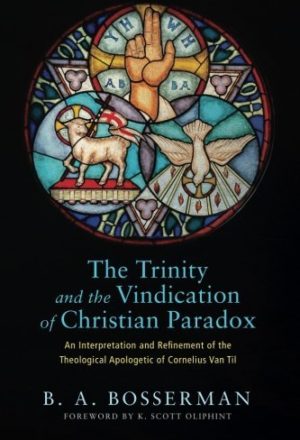

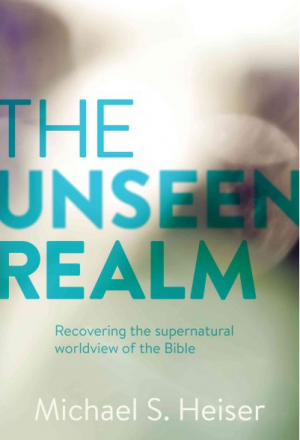


Many modern day pastors are dismissive of a literal descent into Hades, which is disappointing, but why I find this post so refreshing. I think Ephesians 4:7-10 and Philippians 2:9-11 are worth mentioning too. In the context of these passages, if Jesus literally ascended into Heaven, why isn’t the descent, mentioned in the same context, also literal? For his name to be the name above every name in Heaven, and on the earth, and below the earth (Philippians 2:9-11), and so that Jesus can “fill all things” (Ephesians 4:7-10), it makes a lot more sense that he would go to each place.